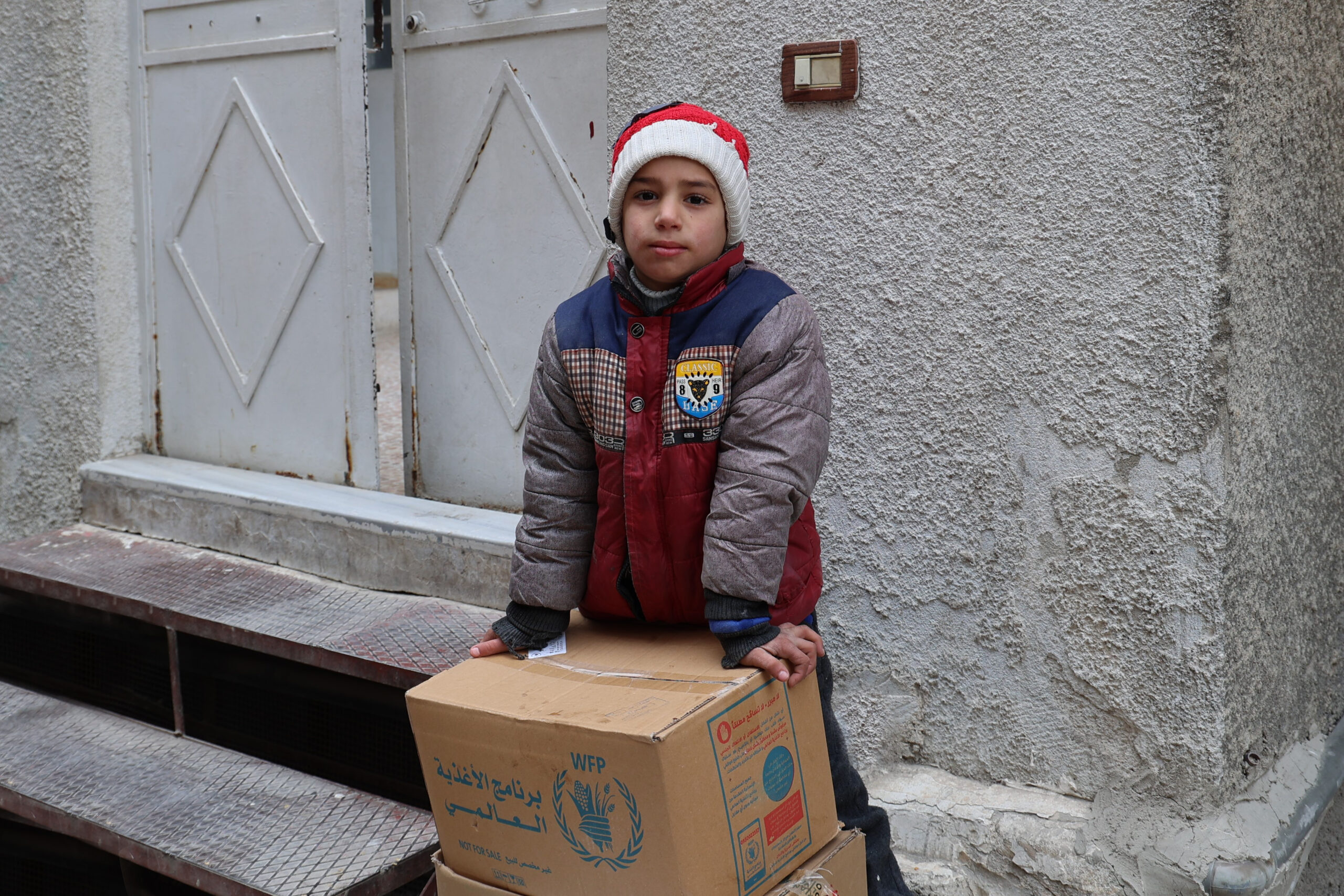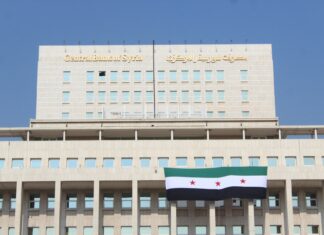
Syria’s deepening food insecurity crisis shows no signs of easing as a confluence of conflict, climate change, and economic collapse devastates agricultural production and household purchasing power. According to a recent report by the United Nations World Food Programme (WFP), grain production in Syria is expected to remain below average in 2025, following early drought and severe disruptions to the 2024 winter planting season.
Early Drought, Poor Yields Deepen Crisis
The Food and Agriculture Organization (FAO) and WFP estimate that Syria produced approximately 3.4 million tons of grain in 2024, a 13% drop from the five-year average and a staggering 33% below pre-war levels. Delayed rainfall in November 2024, extreme heat in April and May, and the spread of plant diseases all contributed to the shortfall. With input prices for fuel and fertilizers soaring, many farmers shifted away from staple cereals to more profitable crops, further eroding the grain supply.
Northern Syria Faces Desertification
As climate conditions worsen, parts of northern Syria are showing signs of desertification. Rainfall shortages from November 2024 to January 2025 limited access to arable land, compounding already fragile conditions in the war-ravaged country. The confluence of years of war, climate change, ongoing political instability, and the displacement of farming communities has also made sustained agricultural recovery nearly impossible.
Despite the challenges, Syria is expected to increase wheat imports during the 2024-2025 marketing year. However, the country’s weakened currency and unstable economy raise questions about its ability to meet demand through imports alone.
Food Insecurity Persists Despite Price Decline
More than half of Syria’s population remains food insecure, with 9.1 million people classified as severely food insecure, according to the WFP. While average food prices have dropped—thanks to the easing of import restrictions, the depreciation of the Syrian lira, and the removal of military checkpoints—most families still cannot afford basic necessities.
In January 2025, the cost of a minimum monthly food basket for a family of five was about 2.5 million Syrian pounds. The national minimum wage, roughly 280,000 Syrian pounds, covers only 18% of that amount, reflecting a sharp decline in purchasing power.
US Aid Suspension Threatens Millions
The crisis has been further compounded by a recent US decision to halt emergency food aid to Syria, part of a broader cut affecting 14 countries. The WFP warned that this move could act as a “death sentence” for the 1.5 million Syrians who depend on these programs. Najat Rochdi, the UN’s deputy envoy to Syria, stressed the urgency of the situation, saying on X, formerly Twitter, that the decision “could be a death sentence for millions.”
More than 50,000 women and children are expected to lose access to critical nutritional support. The UN has called for urgent international intervention, warning that failure to act could worsen instability in already fragile regions. “This is a critical moment for Syria: it’s now or never,” the WFP stated.









